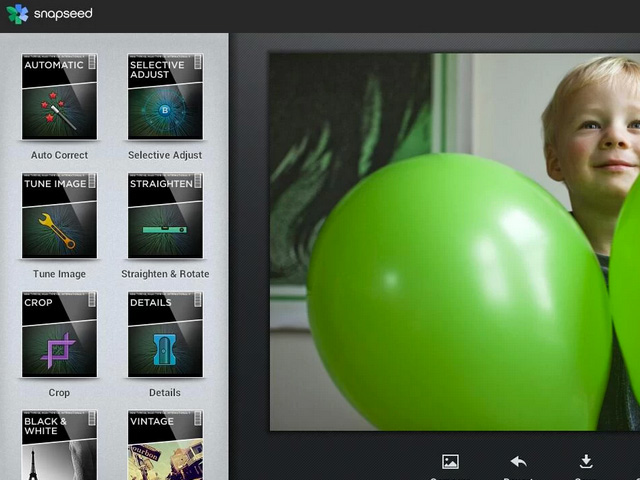
Polarr’s similar tool is called Colors which features the Temperature, Tint, and Saturation options to tweak the photos. Snapseed’s Curves is a color editing tool for RGB tones (red, blue, green) matrix and lets you manipulate them. What caught my attention was the ability to add your own filter. You get ones like the 80s Negative, 90s Art Film or Polarr Japan that gave the bride (demo photo) a weird gradient effect. Snapseed has some good filters, but they look limited when compared with those Polarr offers. Experienced photographers know that count can be deceptive and it is the quality of the job done that matters more. Common Groundįor those who like to keep a count, Snapseed offers 29 tools while Polarr has 24 tools. Also, because Snapseed is such a popular tool, there are plenty of guides available online. You can find guides and tutorials in the menu though. Snapseed is powerful but it offers no demo. You can also select which tools you want to keep or hide from the interface to customize it as per your needs. That makes it easier to understand how the app works and where all the options are. Once you have decided your photography skill level, Polarr will take you through the options and settings using a demo image.
SNAPSEED HDR PRO
There are two workspace to choose from: Express for beginners and Pro for advanced users. It is like a drawer that holds all the photography tricks Snapseed has to offer.


Tools is where most of the magic happens. Once you have selected a photo, you will see more options like Tools and Looks. When you open Snapseed for the first time, you will notice that the interface is clean with a large plus button to help you choose image you want to edit. Let’s see how Polarr fares against the Snapseed. It is gaining in popularity due to its implementation of AI into image correction and editing. We have already covered Snapseed that is developed by Google and is a favorite of GT readers.Ĭhallenging it is a new kid on the block that goes by the name of Polarr.


 0 kommentar(er)
0 kommentar(er)
